I'm turning this keyboard into something useful.
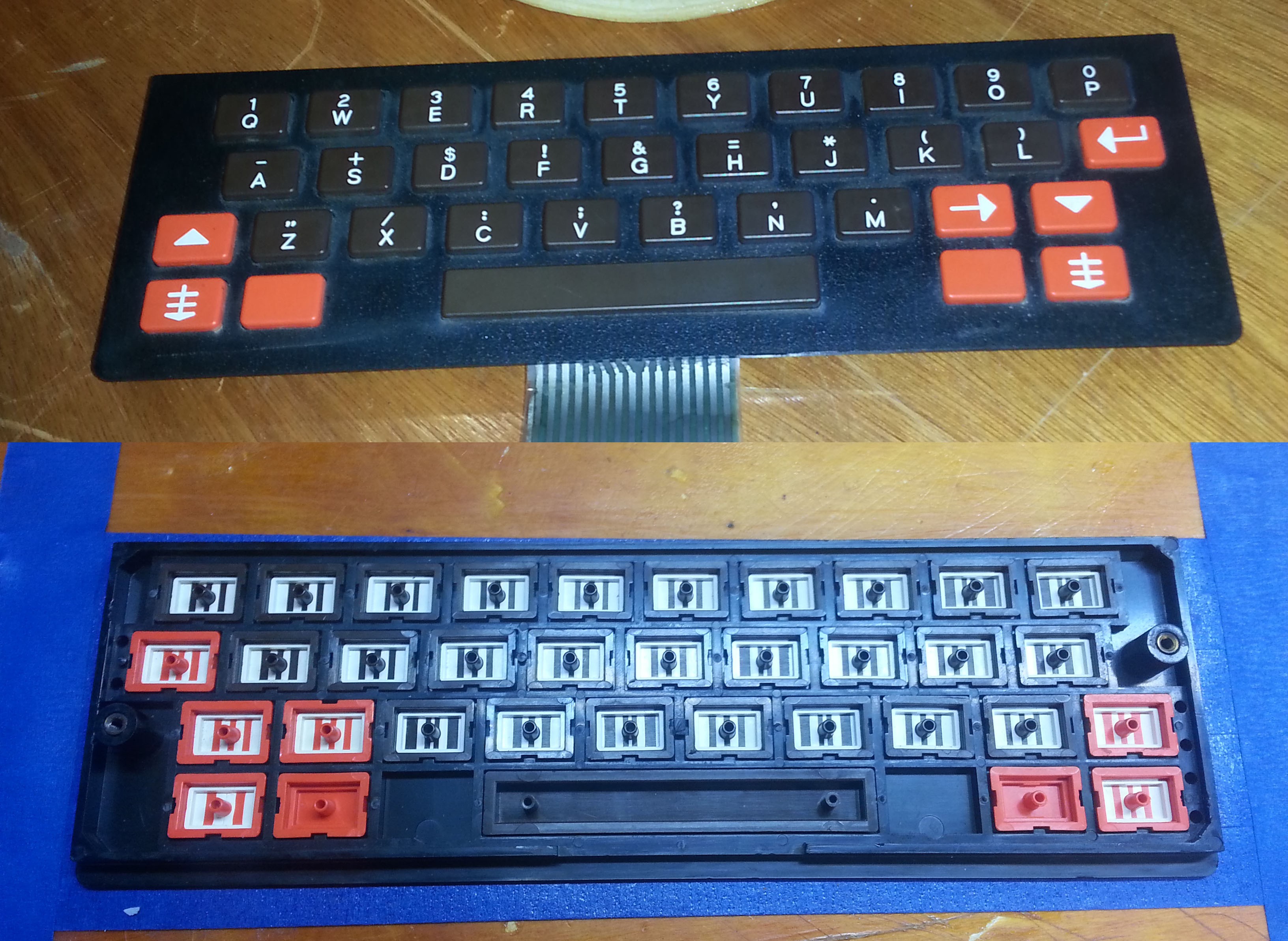
I found a tiny keyboard at Apex Electronics in LA.
To make the experience fit your profile, pick a username and tell us what interests you.
We found and based on your interests.
I'm turning this keyboard into something useful.

The only reason I dug these keyboards out of a box at Apex electronics is because I've seen them before in another project here on hackaday.io. {Jaromir] found a few of these keyboards salvaged from old Czech equipment, I somehow found them in LA, and now we have another exemplar:
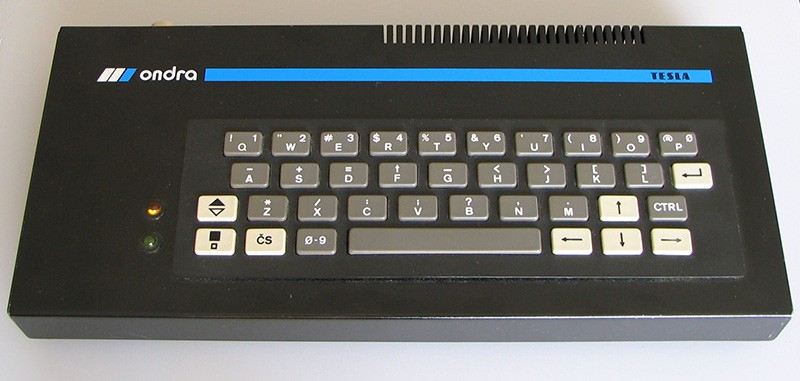
At the very least, this is interesting. I do actually prefer the key labels from the Ondra - arrow keys, stuff that's properly labeled, and an '@' symbol would make the Ondra's input much more useful than either mine or [Jaromir]'s keyboards.
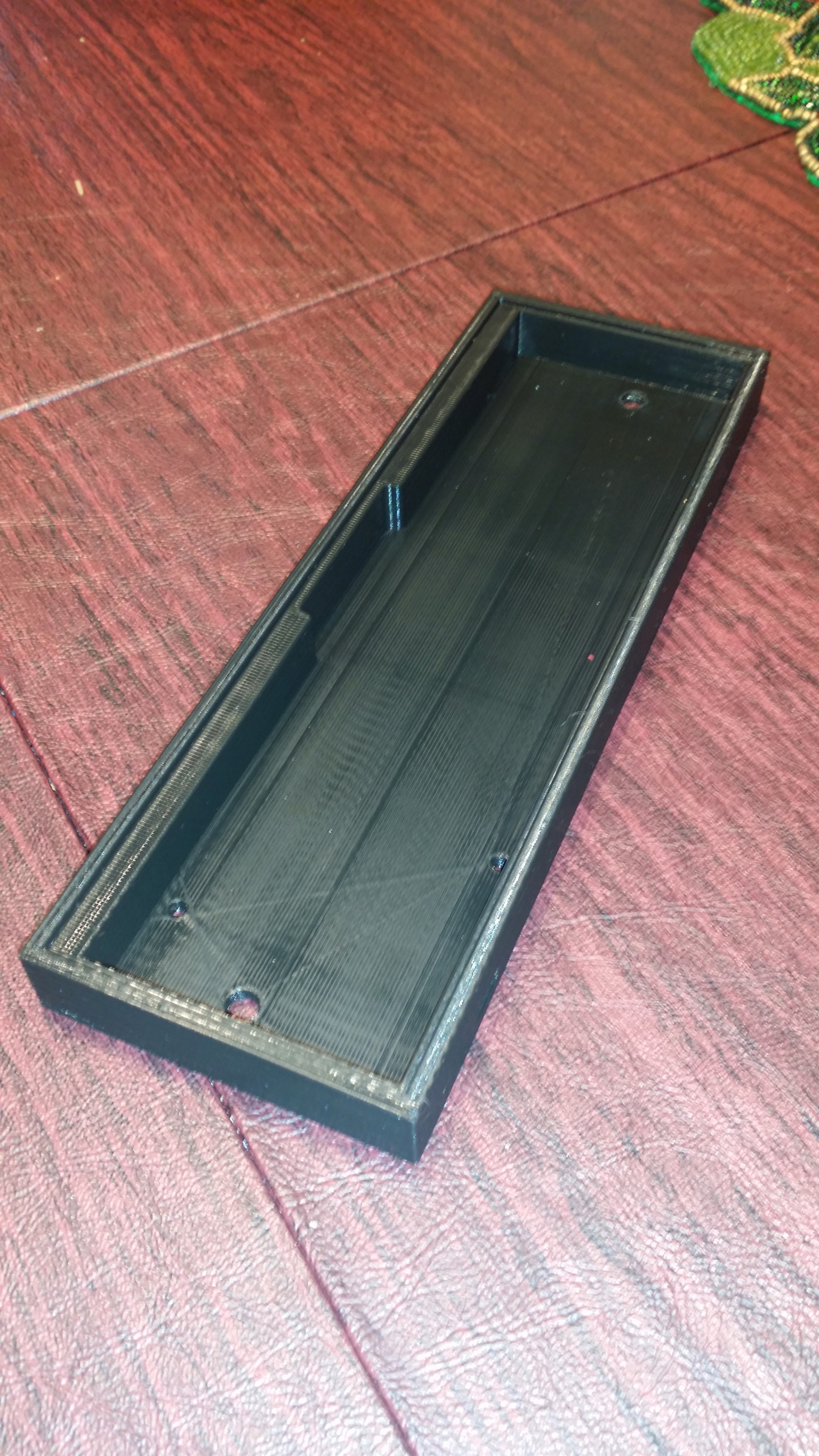
Next update will be a tutorial for the TMK firmware, then it's done.
Threw together a quick case. The standoffs for the keyboard and USB/Teensy adapter PCB should be reasonably correct, I make no guarantee about the USB through hole.
Files added to the github.
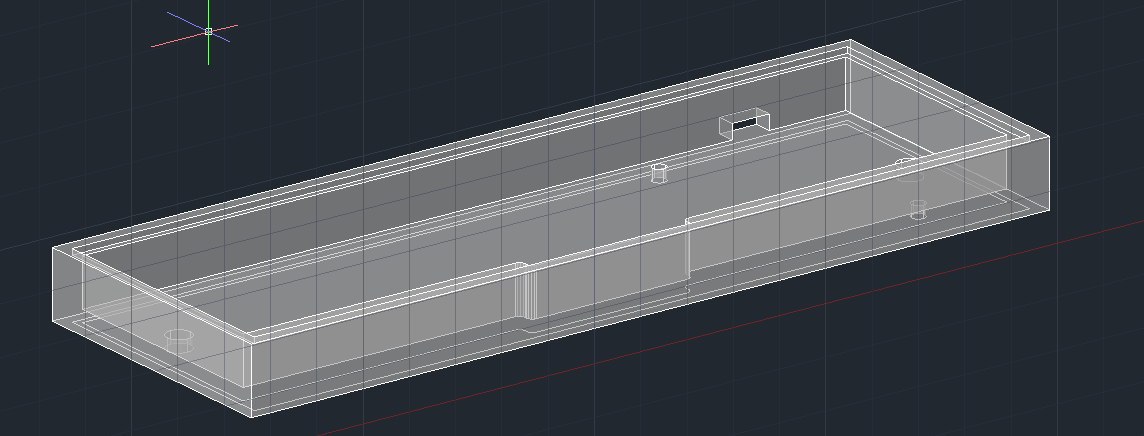
Since Todd is a great friend to have, I now have in my possession four or five of these keyboards. They work. I've tested one of them with my LED/Matrix piece of crap, and yes, being sealed in a bag is much more conducive to proper storage than sitting in 0% humidity for a few years.
The ultimate goal for this project is to have a 'front of house' twitter machine for the hackaspace. Now that I have a few of these keyboards, I can start experimenting with them, starting off by converting one of them to USB. I'll be using the TMK firmware and a Teensy 2.0 (since we're adding those to the Hackaday store, anyway). This means most of the work is done, I just need to design a Teensy -> keyboard matrix adapter and modify the firmware.
Here's the PCB I designed:
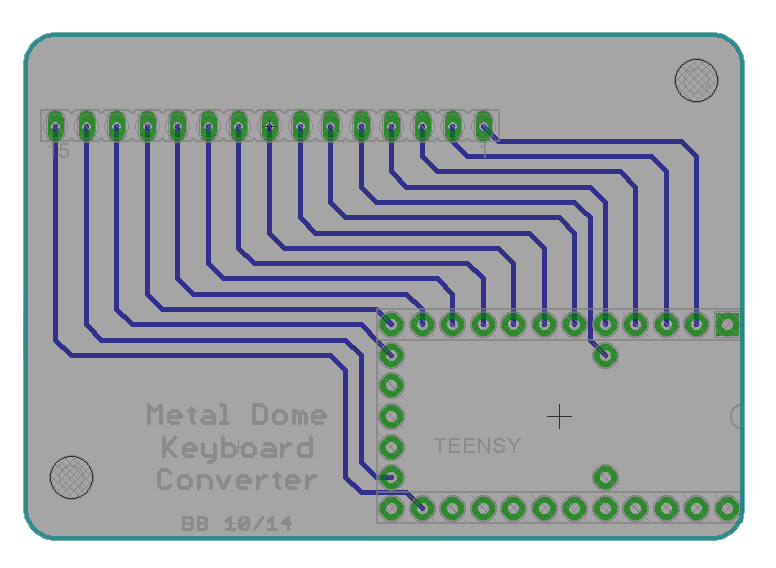
And the corresponding switch to pin diagram/schematic:
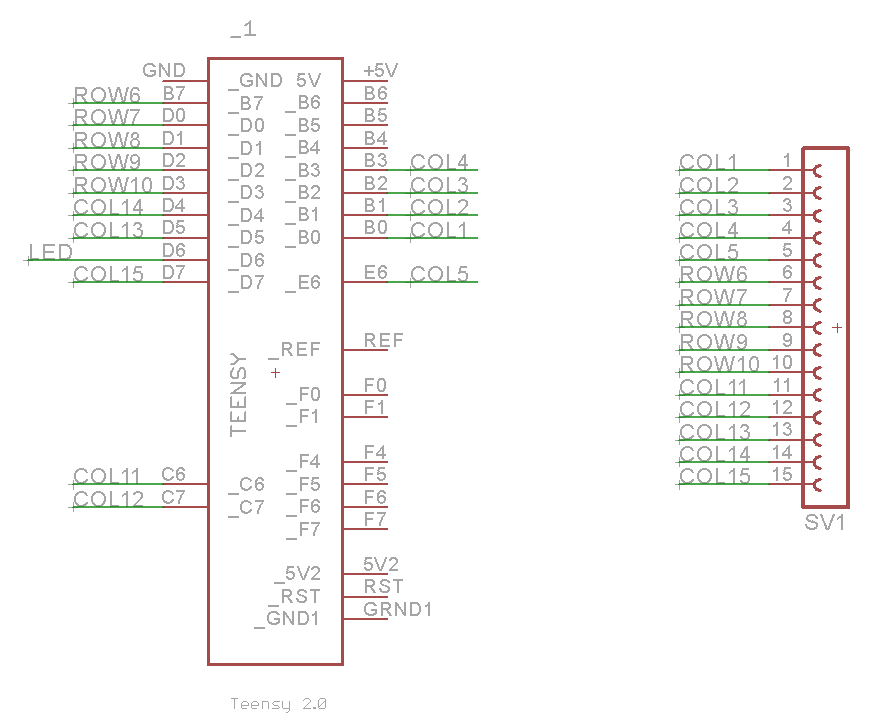
According to the datasheet (translated from Czech by Jaromir), here's the button mapping:

This can be verified with my matrix tester, and I'll start modifying the firmware later. Just need the boards delivered, and I can start working on the 3D printed or machined enclosure for this thing.
I'll start off with the money shot. It's a 35-key keyboard, probably originally intended for handheld inventory computers or something else used in an industrial setting. Pretty normal and what you'd expect, but check it out, doubleshot caps.

Now for the matrix:
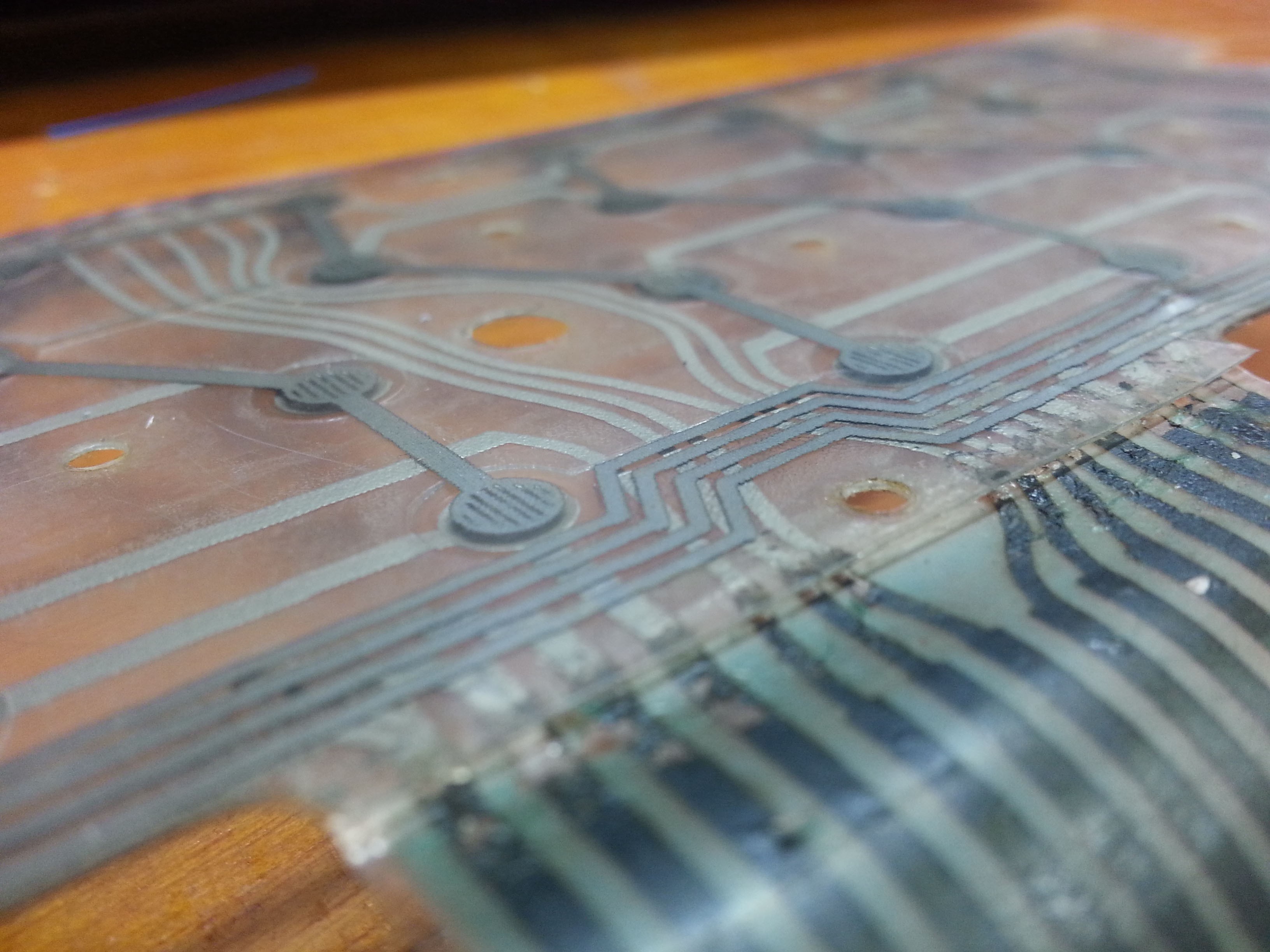
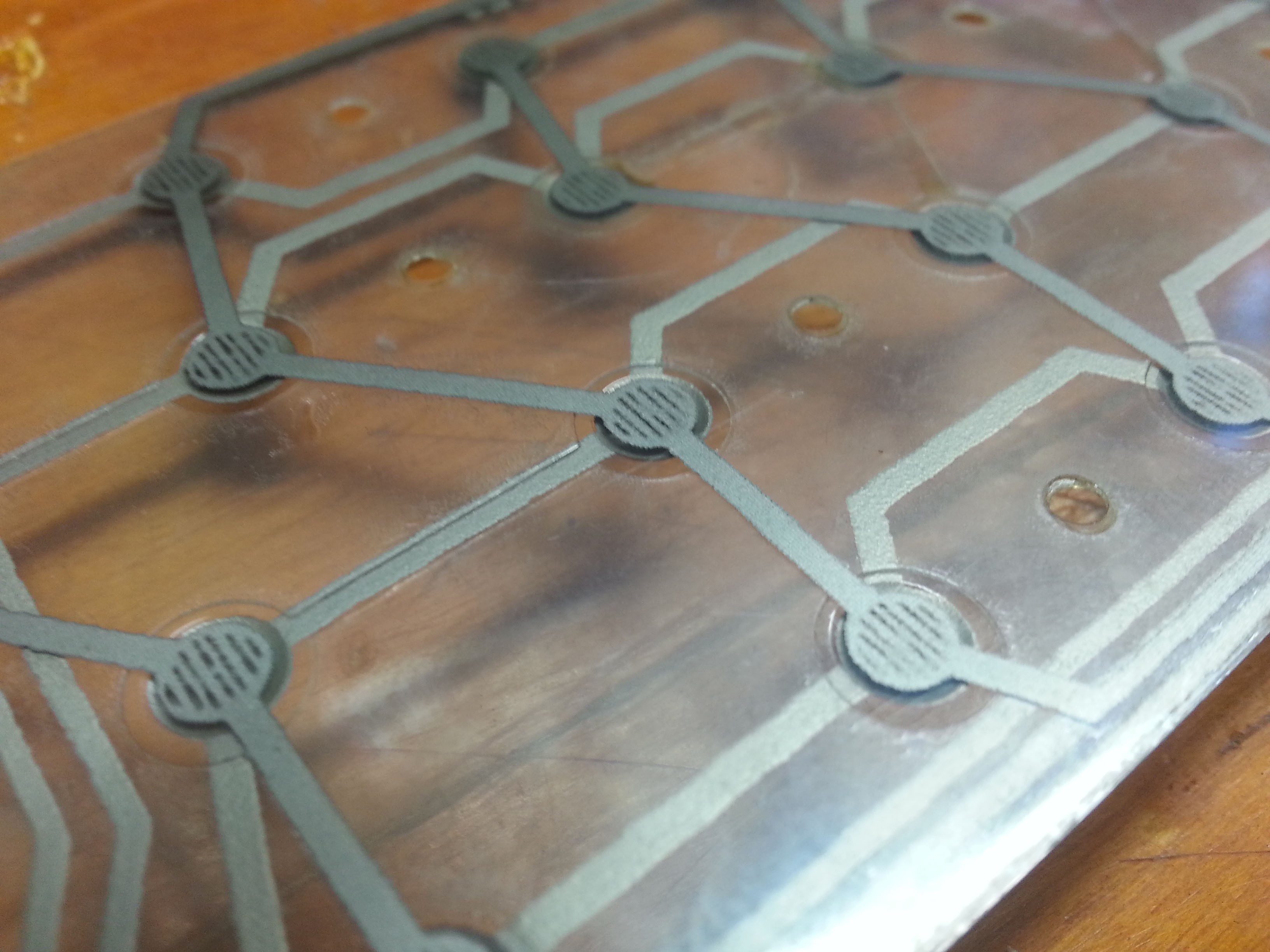
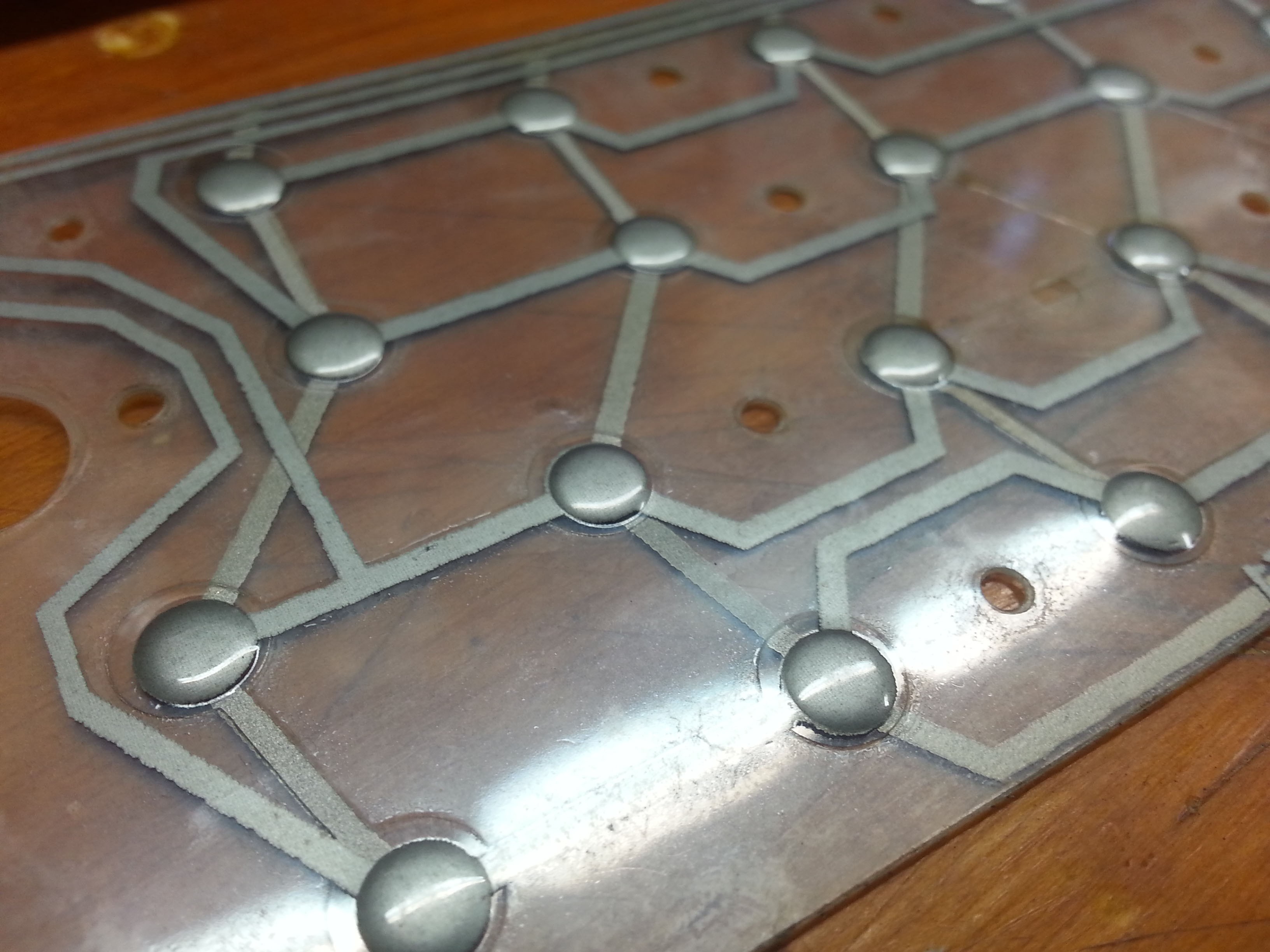
This isn't a mechanical keyboard, and it's not really a rubber dome either. The best way to describe this would be 'metal dome', where a small disc of metal acts as both the spring force in the key and the contact. Very odd.
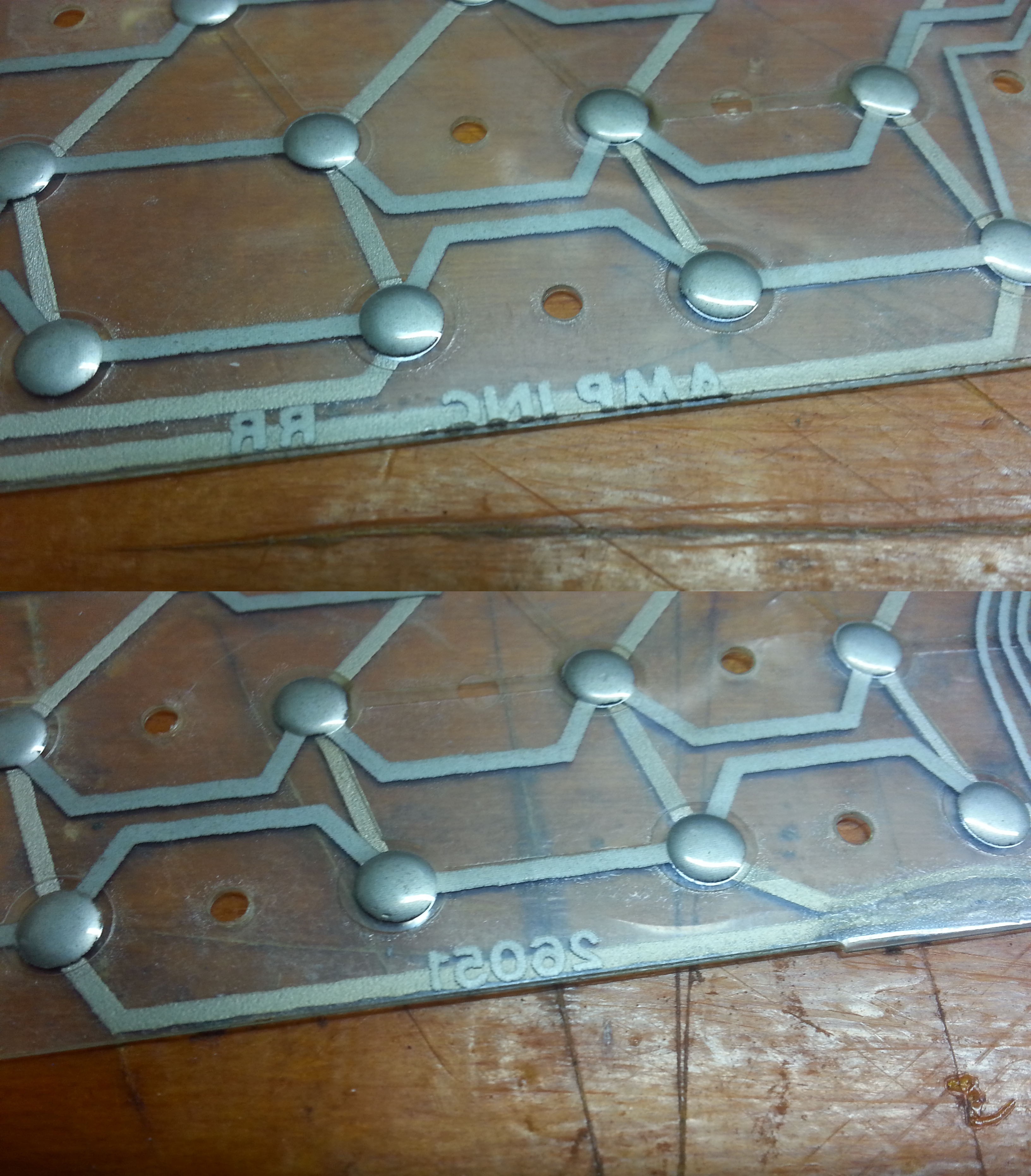
Above is the best evidence of where this keyboard came from. It's from AMP Inc., part number (maybe?) 26051. No, that pic isn't mirrored, it's just the text is on the 'inside' of two folded pieces of plastic.
Here's the progression of how the keyboard was assembled:
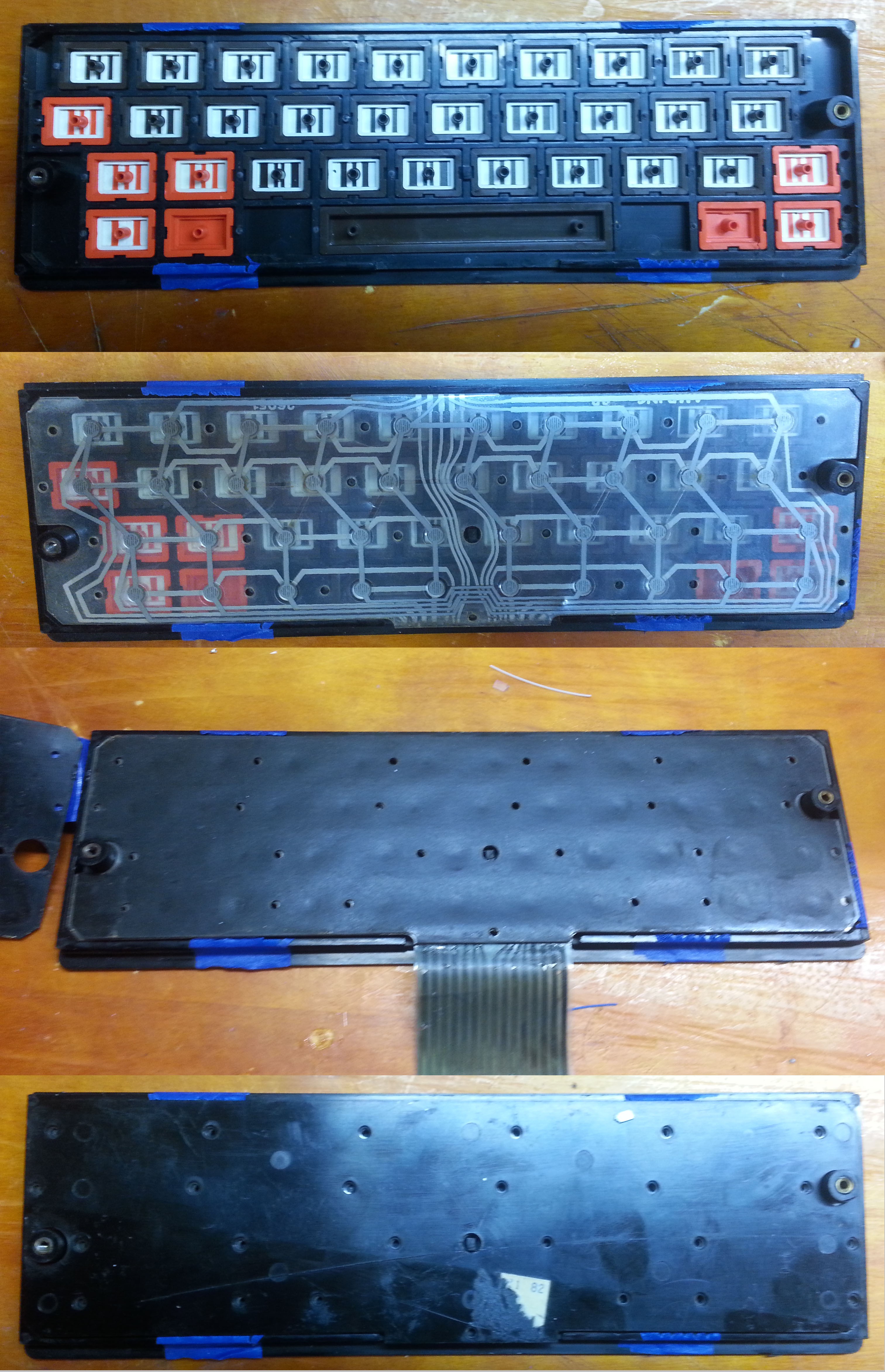
The back was attached by a dozen or so plastic rivets. This makes the keyboard pretty much un-disassemblable. If it's broken, tough luck.
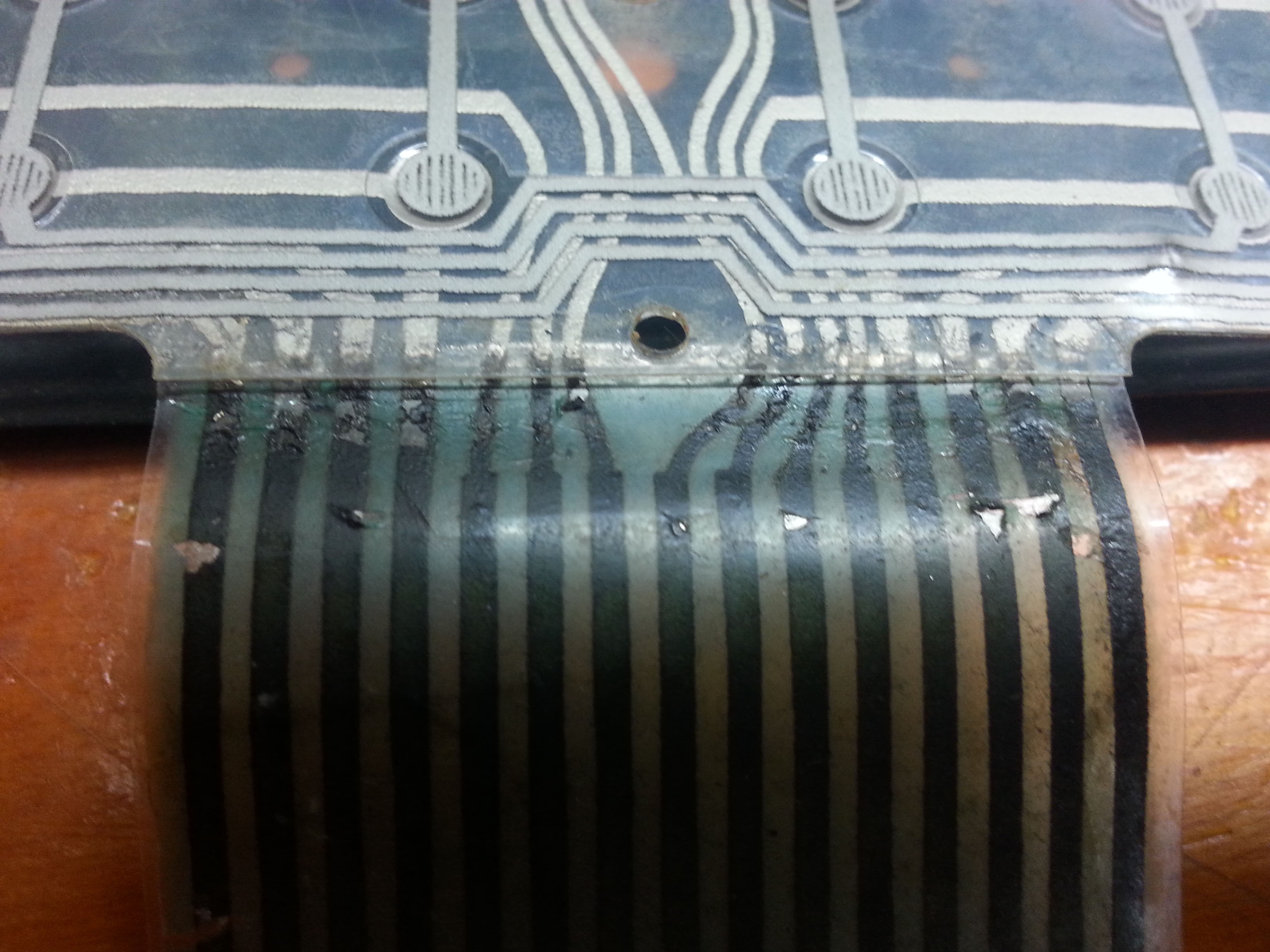
The broken part of the keyboard. You can already see a few of the traces on the ribbon cable were borked. It's even worse where the ribbon cable attaches to the matrix. I could fix it with glue and conductive ink, but it's seriously not worth my time or trouble.
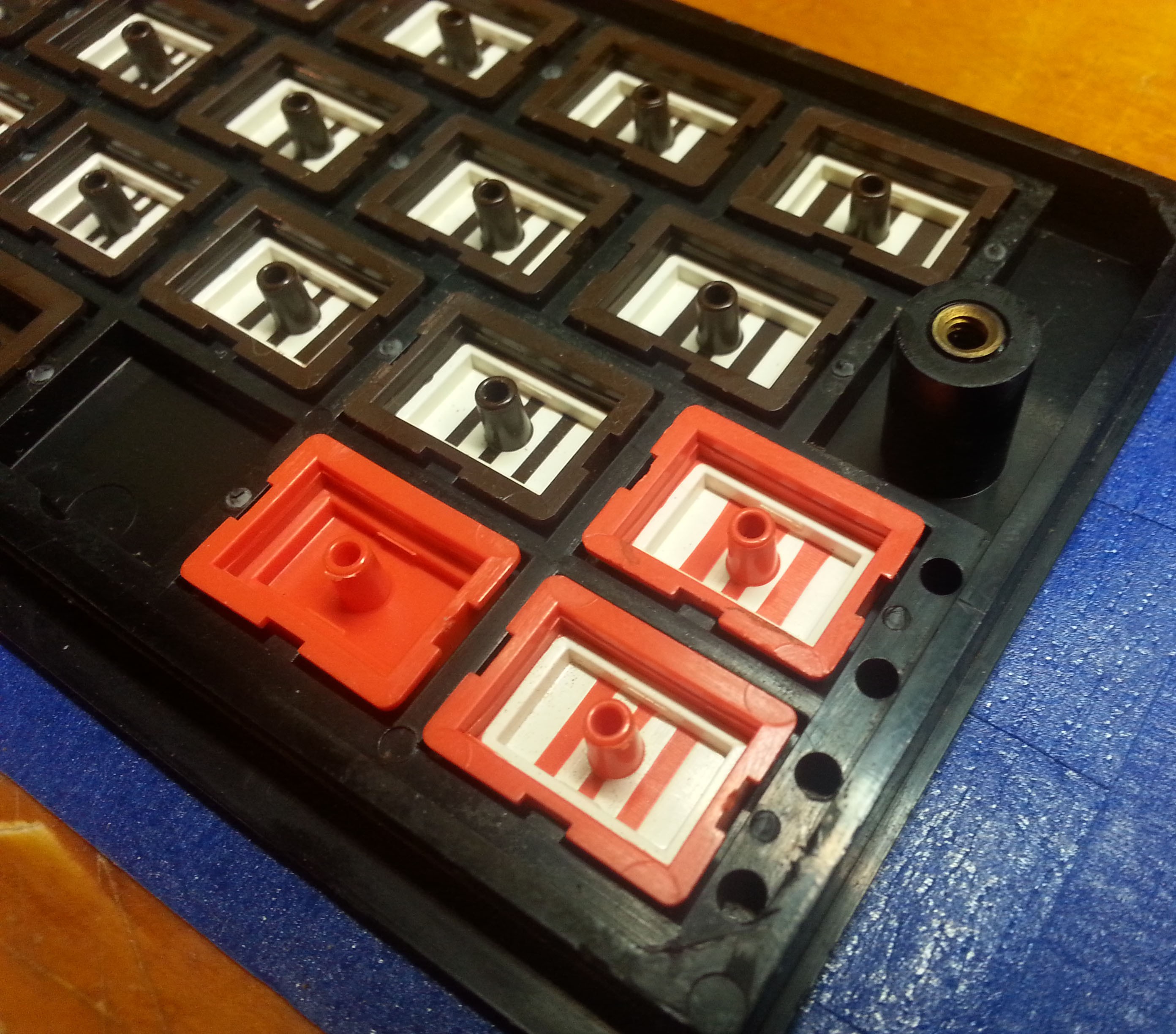
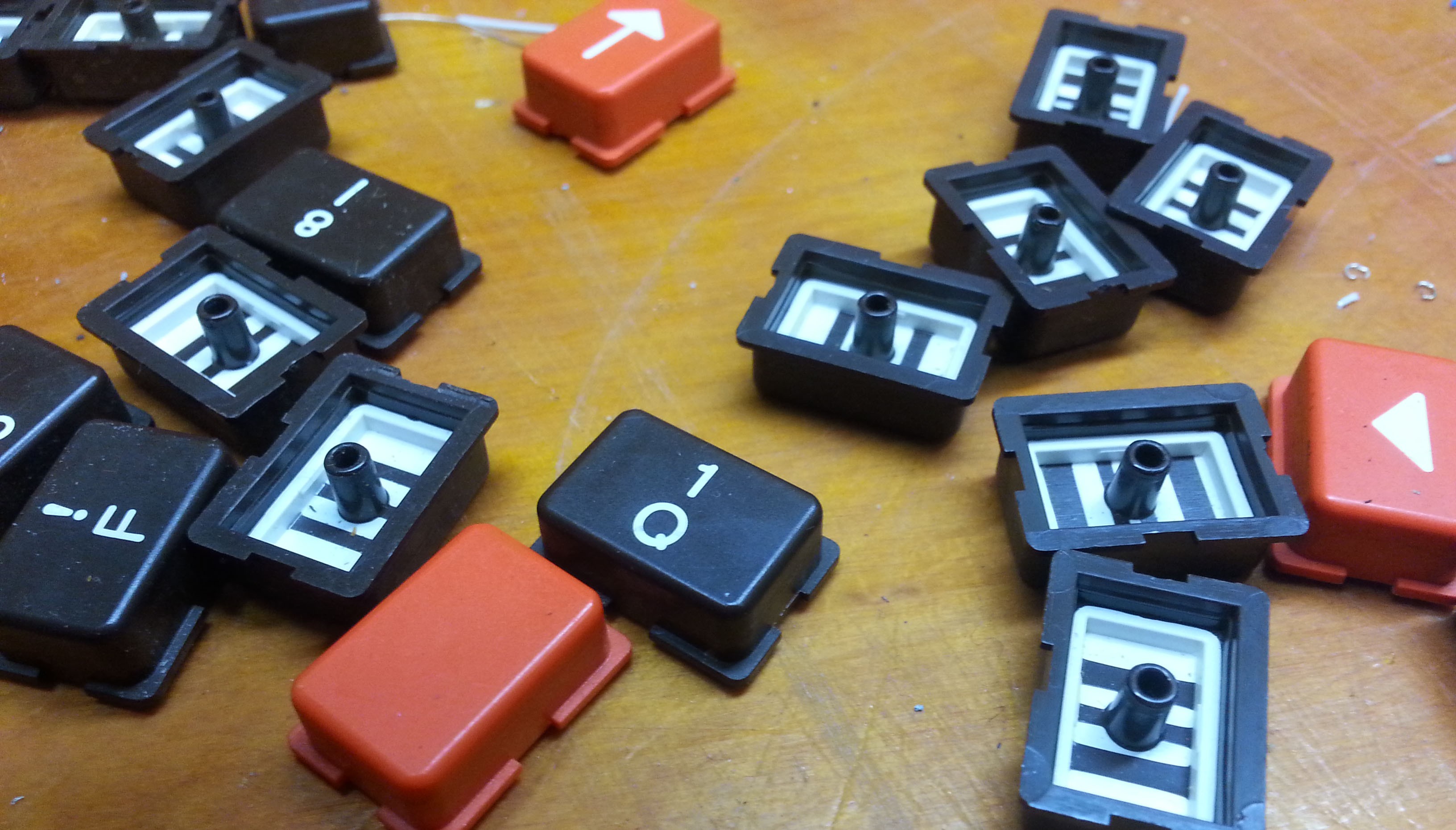
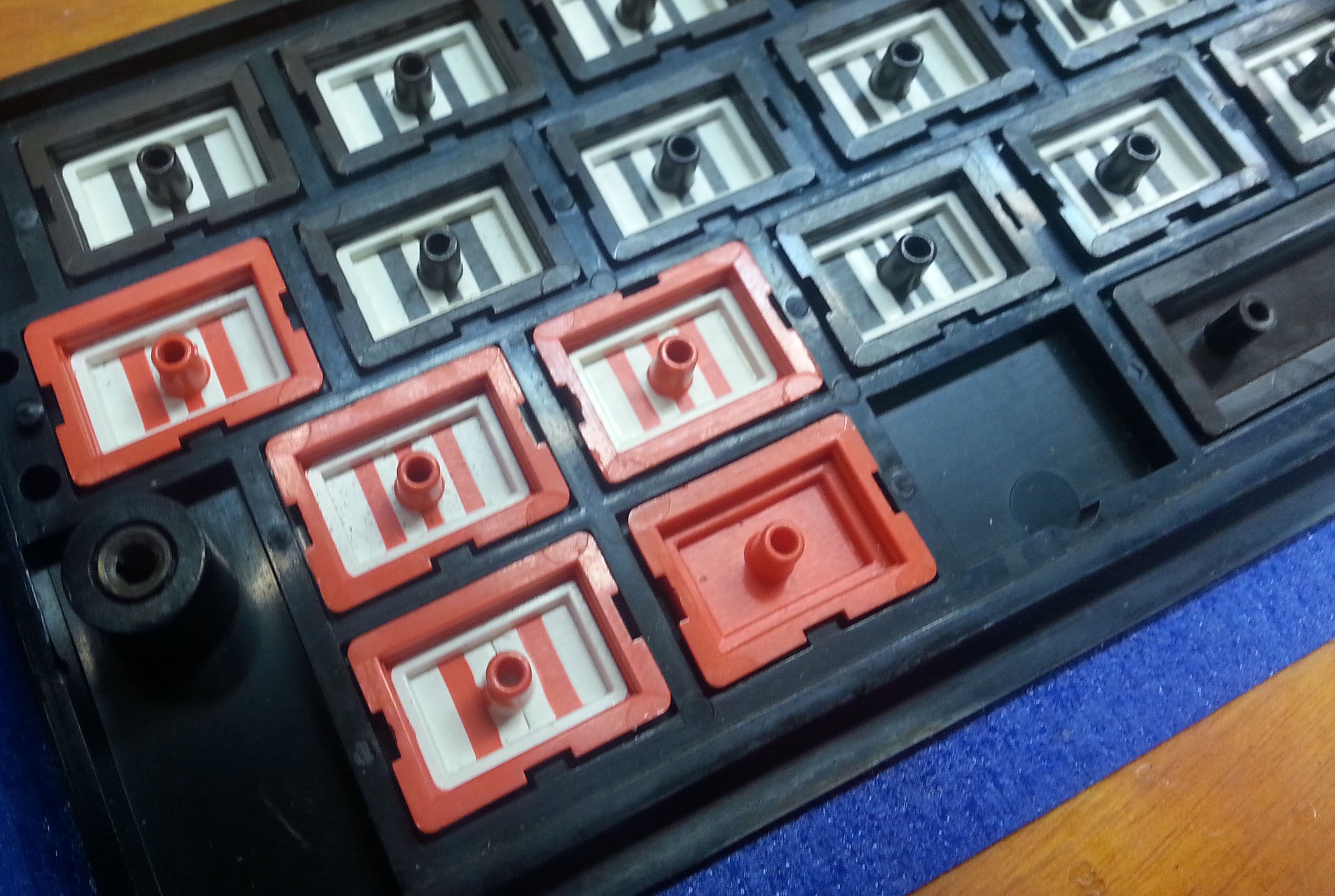
Finally, keycaps. Yes, doubleshot. I have yet to do the full-on keyboard science to figure out what they're made of, but my guess would be ABS.
I might be getting a few more of these keyboards, so I made a matrix tester:
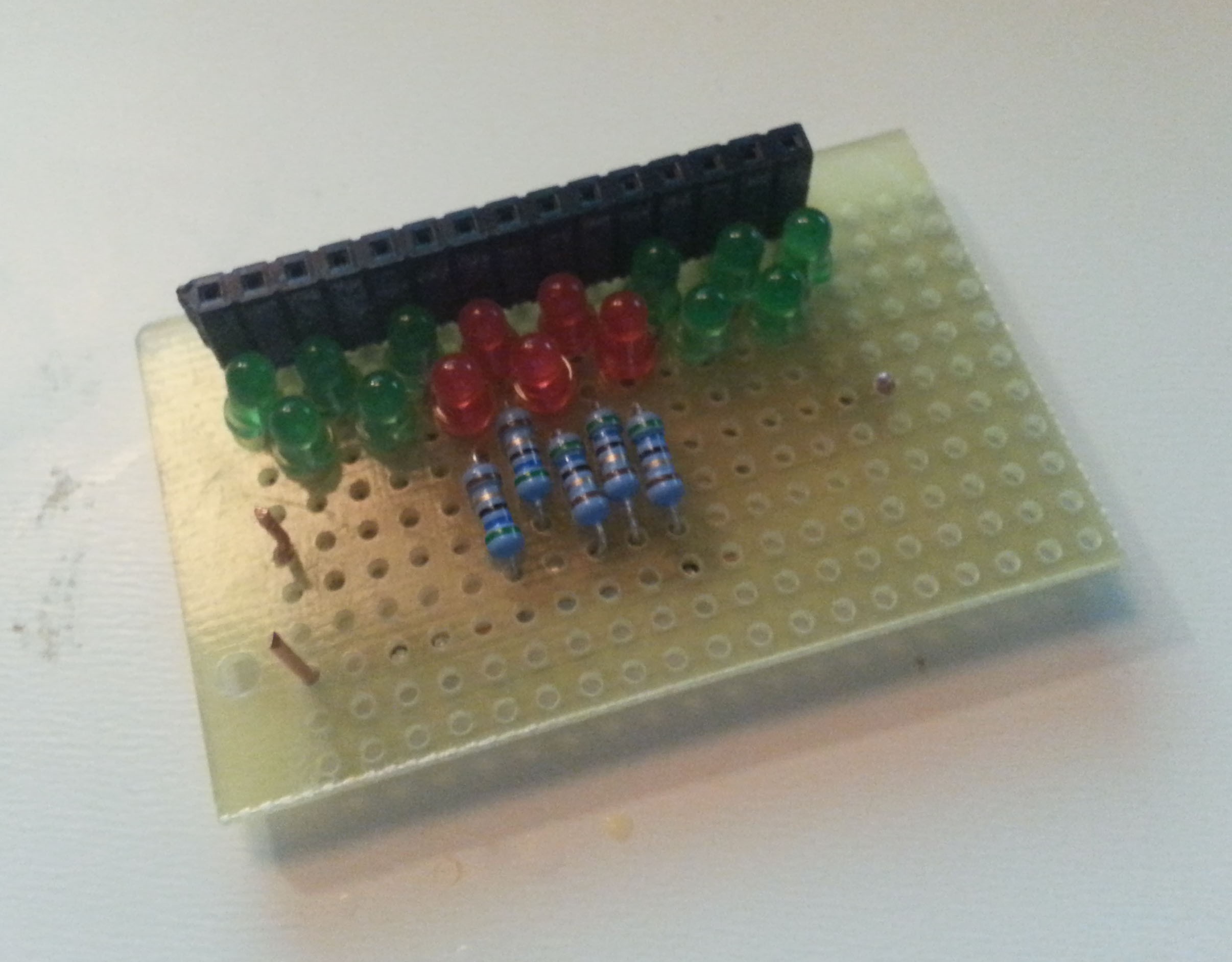
Just some LEDs and a few resistors. As far as I can tell, this keyboard is pretty much the same asthe Czech keyboard from this project. The matrix seems to be the same, at the very least.
Create an account to leave a comment. Already have an account? Log In.
Become a member to follow this project and never miss any updates
Looking forward to updates! I'm trying to use a keyboard from a HP Jornada in my project. I have a teensy 2.0 and I’m waiting for the connector I ordered from china. Tried soldering onto the ribbon but it melts too easily so I ordered the fine pitch connector.